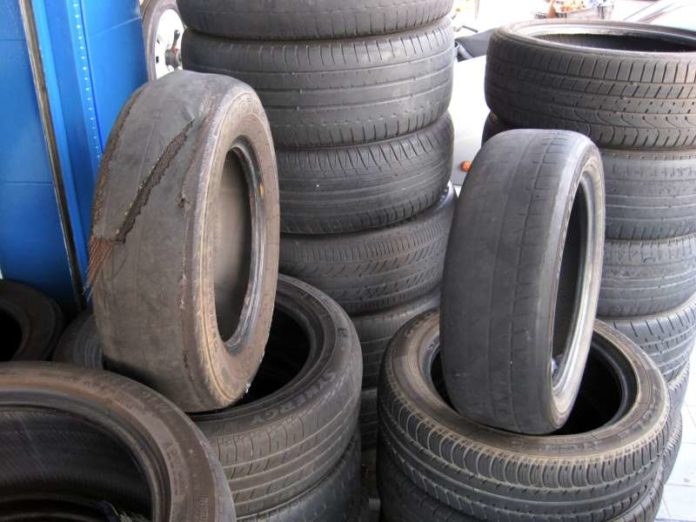THE holidays are upon us and as many motorists prepare to hit the road to their holiday destination, CEO of Sumitomo South Africa, Riaz Haffejee, advises to check the roadworthiness of not only your vehicle, but tyres especially.
“It is our mission to help road users identify safe tyres on their personal vehicle – or on a public transport vehicle that they are about to climb into. Unsafe second-hand tyres are also a major threat to road safety and consumers need to be aware of the risks.”
Being aware of what a safe tyre looks like, is part of arriving safely at your destination. As a board member of the South African Tyre Manufacturers Conference (SATMC), Haffejee has the following tips to share for staying safe on the road:

- Maintain pressure
Check your tyre pressure at least once per month at the filling station. On the inside panel of the driver’s door, in the fuel cap or the vehicle owner’s manual, you will find a sticker that details the correct tyre pressure for your vehicle’s tyres. Always ensure that your tyres are maintained at the correct inflation as prescribed by your vehicle manufacturer, as this is the easiest way to extend tyre life and ensure that your car handles properly on the road. Under- or over-inflation of tyres can cause damage to the tyre, reduce their lifespan or could result in an accident.
- Inspect the tread and tyre regularly
Around once a month, turn the steering to the far right to get a full view of the front tyres and inspect the tread. Look out for uneven tread wear and inspect the tyre tread depth. Then check the rear tyres as well. Tyre manufacturers include a tread wear indicator (TWI) within the tyre tread. This indicator looks like a small square in the groove of the tyre. As an international standard the TWI is set at 1.6mm and when the rest of the tyre tread is level with this indicator, or below, your tyres are no longer legal and need to be replaced. It is important to note that once you go below 3mm tread depth, the braking performance of your tyres will be reduced. Once the tread gets to the absolute minimum – the 1.6mm – your wet braking could increase by more than double, and you will have a problem stopping your vehicle in an emergency. The tyre is also illegal according The National Road Traffic Act.
During this visual inspection, always make sure to check the sides of the tyres for bulges (or bubble type defects), gashes or cuts that expose any steel wires or fabric in the tyre. According to the National Road Traffic Act, a legal tyre must be free of these defects.

- Rotate regularly
The general rule for tyre rotation is every 8000 – 10000km but diarise to have your tyres rotated and balanced by a reputable fitment centre once every six or seven months. If you see uneven tyre wear or feel a “shudder” when driving, get them checked straight away. Ask the tyre expert to give your tyres a thorough once over to ensure that they are safe for use on the road.
Doing these three simple checks, will give longevity to your tyre, reduce the likelihood of failures due to damage and will ensure your vehicle performs as it should on the road.
Driving with worn or unsafe tyres could also result in your insurer rejecting your claim. “In the event of an accident, if your tyres are not in fit-for-use condition, your insurance claim will be rejected – even if the tyres were not the direct cause of the accident,” says Hennie van Staden, CEO Impac Underwriting Managers. “As part of an insurance contract, the onus of maintaining a roadworthy vehicle is on the vehicle owner. Failure to do so constitutes a breach of contract.”
Your first choice should always be to replace a worn or damaged tyre with a new tyre. While second hand tyres may seem like a cost-effective solution to brand new tyres, there is a reason those tyres were removed from the previous vehicle they were on. Surveys show that over 61% of second hand tyres are not safe for use on the roads. Buying Second hand tyres should be a very last resort, but if you do need to do so, go to a recognised retail outlet to ensure that the tyre you purchase is safe to reuse.






